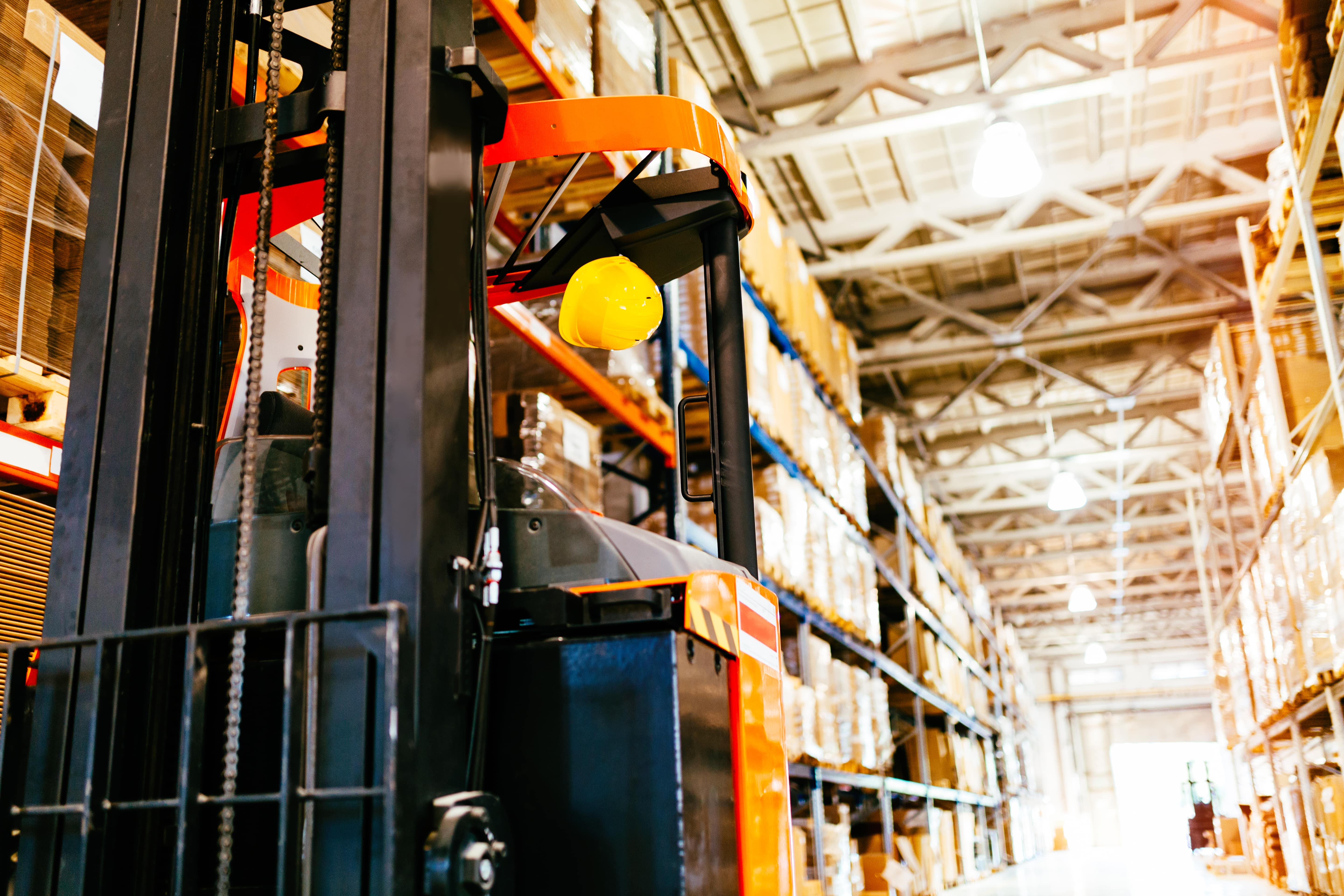Continuing on the different challenges faced by buyers and supply chain visibility. How does the vendor define its supply chain platform?

A supply chain platform is a set of digitally enabled physical assets and technologies–warehouses, factories, sensors, and the like – which companies use to manage the flow of supplies and products and the performance of those assets. However, there are many ways this can be approached.
The old adage says, “When all you have is a hammer, everything starts to look like a nail.” This sentiment seems appropriate when comparing various supply chain platform vendors. Often, their solutions fit their technology, rather than starting with an understanding of the customer company’s current technology, unique situation, and business goals.
The technologies leveraged for - and the capabilities of - supply chain platforms differ greatly across vendors. The goals of the business, the ways it currently uses data, and the ways it wants to use it, should be the basis for any proposed solution. When evaluating vendors, a buyer must always keep in mind that the way any technology is used fundamentally affects the costs, risks, deliverability, and value in a vendor relationship.
IT staff and business-line technology users are faced with the challenge of identifying a platform that reduces complexity and solves problems. One that produces end-to-end, data-driven insights, optimizes the supply chain, manages end-to-end exceptions, and enables intelligent end-to-end decisions within the business ecosystem.
During that search process, some important questions need to be answered:
At Tada, we perform a supplier readiness assessment to answer these crucial questions. Then we use our technology to build a “digital duplicate” of the customer’s entire data “body.” AI-guided dating modeling then goes to work, predicting changes and enabling supply chain decision-makers to make the best choices. Then the platform blends business processes and logic with analytical workflows, empowering insight-based decisions. This optimization of the supply chain process also makes for more effective collaboration with every node in the supply network.
The most effective supply chain technology ingests information from many and varied data sources and synthesizes it. Leveraging semantic technology to unshackle data from the rigid way it is usually organized, business leaders get a much more flexible view and can, importantly, break down silos to explore connections between pieces of data in ways they never could before.
In this way, organizing supply chain data is crucial to how a semantic network improves upon traditional methods that separate information in different business functions. By leveraging a semantic network to free data from this rigid method of organization, business leaders can view and use data in much more flexible ways and, importantly, break down barriers to allow them to explore connections between pieces of data in ways that were impossible before. To make the data secure and actionable outside of the company’s proverbial four walls, Tada’s platform has built-in security and can optionally add blockchain technology to enhance that security.
All of these features and functionality make it possible for a business to effectively manage its complex supply chain network. The result of this insight and flexibility is an enterprise that can allay customer demand and supply assurance uncertainty, quickly identify and mitigate possible disruptions and create seamless collaboration among all the partners in a supply network. In a business environment filled with so many constantly shifting factors and influences, Tada can be the key to building a network that can meet today’s challenges, while setting the stage for tomorrow’s innovation.
Test your own scenarios with TADA’s Clean TO! Build and see the impact in minutes.
Try TADA Clean TO! Build
Test your own scenarios with TADA’s RM Inventory Manager and see the impact in minutes.
Try RM Inventory Manager

Use TADA’s Tariff Manager to model costs, build agility, and protect margins.
Try the Tariff Manager
Test your own scenarios with TADA’s Tariff Manager and see the impact in minutes.
Try the Tariff Managerest your own scenarios with TADA’s RM Inventory! Manager and see the impact in minutes.
TRY RM Inventory! Manager